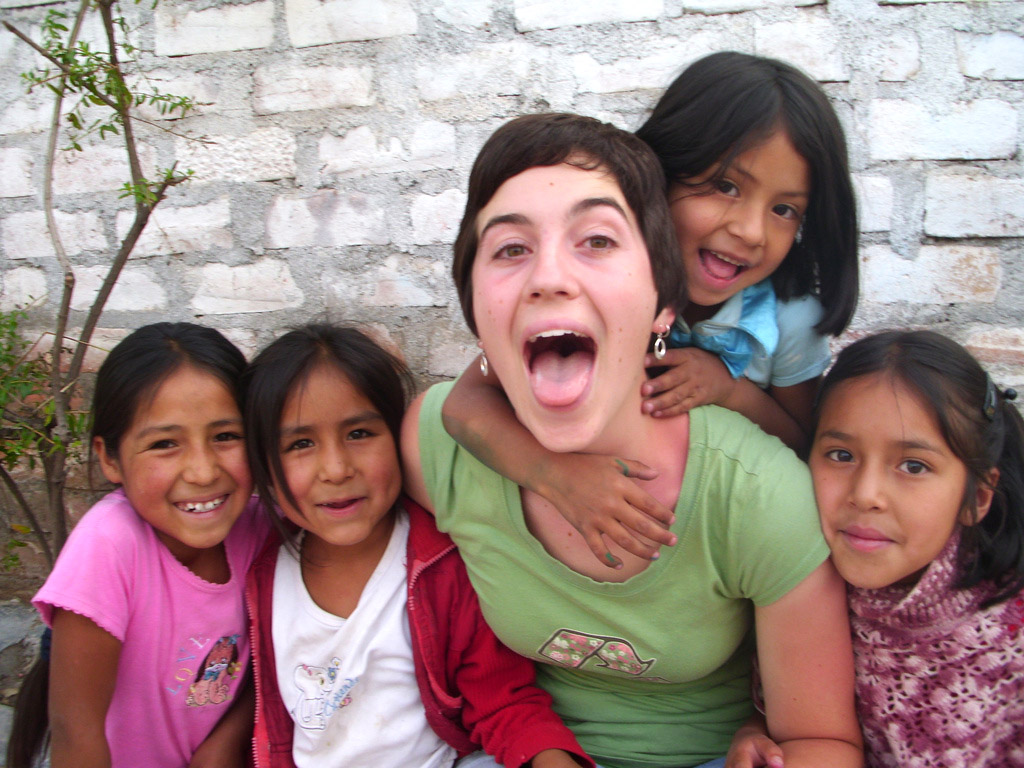Two large beets. One kilo of potatoes. Two small onions. A handful of mashed peanuts. Ground chili pepper. A bit of garlic and ginger. I learned the strategies of bartering for ingredients for puca picante in the local market from my host mother, Elizabeth, on the service portion of my S.S.T. last spring. We lived in Ayacucho, a city in the southern mountains of Peru, most known for being the central location of Sendero Luminoso, a terrorist group in the 1980s, whose actions many Peruvians still vividly remember. But instead of delving into what was for many a terrifying and dreadful experience, I’d rather share my reflections on a different aspect of Peruvian culture.
While my service assignment was teaching English, an integral part of my experience was learning the art of Peruvian cooking. Nearly every day after school around noon, my mom and I stopped by the huge market on the way home, walking through the narrow, dusty aisles looking for the best deals on fresh produce. She would give me advice as we made our way, saying, “My husband doesn’t know how to shop. He thinks he can just find the nearest booth selling potatoes and buy them right there, for the price they give. You’ve got to walk around, see what the going price is, and then haggle a bit—it’s expected.” We would then walk the rest of the mile home, up and down the streets, both of us lugging sacks of food, my backpack, and her month-old daughter.I was surprised when my offer to help with the meal was accepted my first day there, since I rarely helped in the kitchen of my host family in Lima, the capital city, where our group did the study portion of S.S.T.. Granted, the help I provided at first was in the form of scrubbing and peeling potatoes, but apparently I proved capable enough and moved on eventually. I’m sure I took a lot longer doing a task my mom could have finished in less than half the time, but I’m grateful she let me try. I never got the hang of cutting into my hand as skillfully as she did, and halfway through service I bought a cutting board for her (which, naturally, I used more than anyone else). The huge, dull knife that never quite fit in its handle terrified me as well, especially when the activity involved whacking it from two feet away into a thick piece of yuca.
By the end of my six weeks in Ayacucho, I was told I could actually cook the entire lunch one day. My family had discovered that my favorite Peruvian meal was puca picante, a dish from Ayacucho meaning “red hot” in Quechua, an indigenous Andean language. I still can’t imagine who first thought to mix beets, peanuts and chili peppers to put on top of potatoes and rice, but believe me—it is amazing. Of course, several of my five host siblings helped a bit, and my mom was there supervising, but it was encouraging to realize I could cook this meal for our family and a few guests, having learned my mom’s particular methods and using the few pots and utensils we had in the most efficient way.
Cooking with my host mom every day was certainly one of the highlights of my time on service. After many challenging days trying to teach English to rambunctious ten-year-old boys, it was refreshing to converse with an adult and get to know my host mom even more intimately as we shared that time together.


